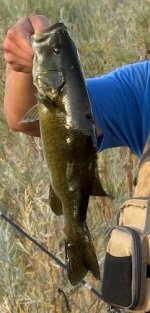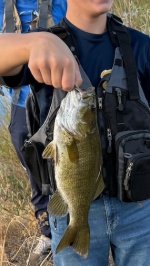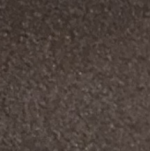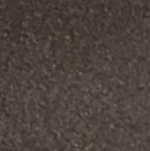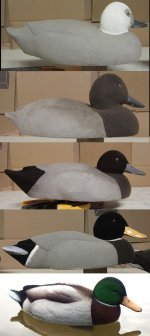I got to thinking there was enough interest in flocking that it might be helpful to have a dedicated conversation for questions and insights. While I was flocking this morning, which is nearly an everyday thing, I decided to do a little color combining of paint and flocking in an effort to figure out a good base for a mallard hen. Here is what I found today. At some point we should probably put together a color chart in an organized manner, but that is way above my pay grade.
I started out with a modified almond rustoleum. I put a bit of brown in it do darken it slightly and move it away from the yellow side of the spectrum, I probably need to come up with a firm measured mixture, but it's not more than three percent brown.
Modified Almond/bisque tan flocking. Mallard hen head, black duck head, wigeon flank and chest.
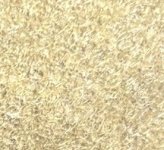
Modified Almond/goose grey flocking. Pintail hen head, chest and flank.
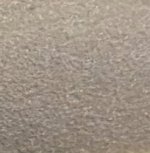
Modified Almond/feather brown flocking.
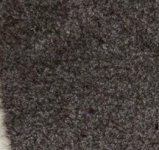
Modified Almond/black flocking
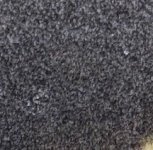
leather brown/goose grey flocking
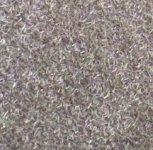
smoke grey/goose grey flocking. Pintail chest, flank, femoral tract.
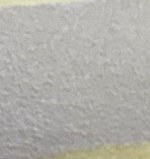
lightened smoke grey/ feather brown flocking.
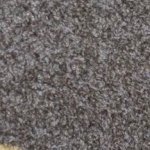
I'll be likely flocking brown later today and put up some combinations when I complete that. Feel free to offer up any color combinations, this could be a great resource for a variety of species. On the other hand, I'm going smallmouth fishing, so brown will have to wait.
I started out with a modified almond rustoleum. I put a bit of brown in it do darken it slightly and move it away from the yellow side of the spectrum, I probably need to come up with a firm measured mixture, but it's not more than three percent brown.
Modified Almond/bisque tan flocking. Mallard hen head, black duck head, wigeon flank and chest.

Modified Almond/goose grey flocking. Pintail hen head, chest and flank.

Modified Almond/feather brown flocking.

Modified Almond/black flocking

leather brown/goose grey flocking

smoke grey/goose grey flocking. Pintail chest, flank, femoral tract.

lightened smoke grey/ feather brown flocking.

I'll be likely flocking brown later today and put up some combinations when I complete that. Feel free to offer up any color combinations, this could be a great resource for a variety of species. On the other hand, I'm going smallmouth fishing, so brown will have to wait.
Last edited:

